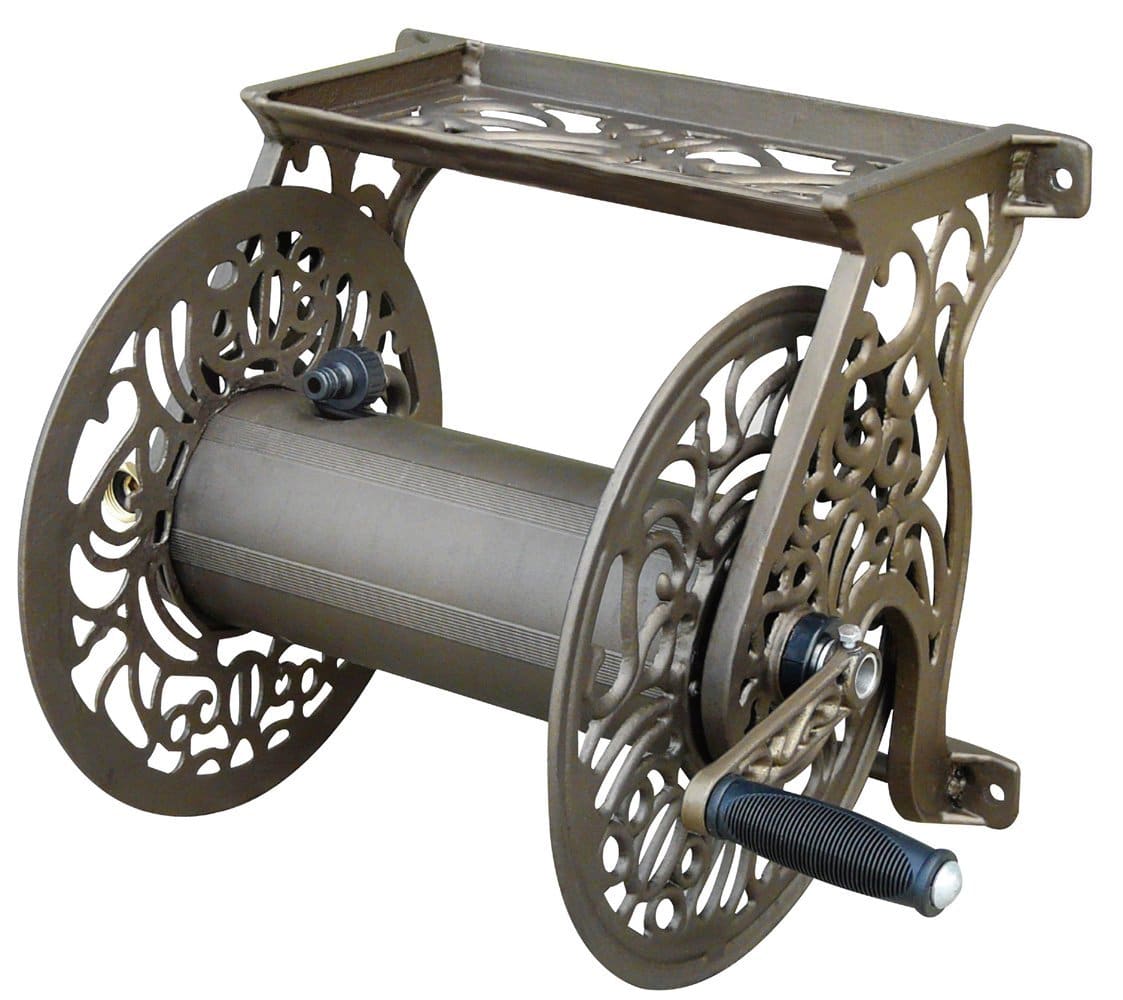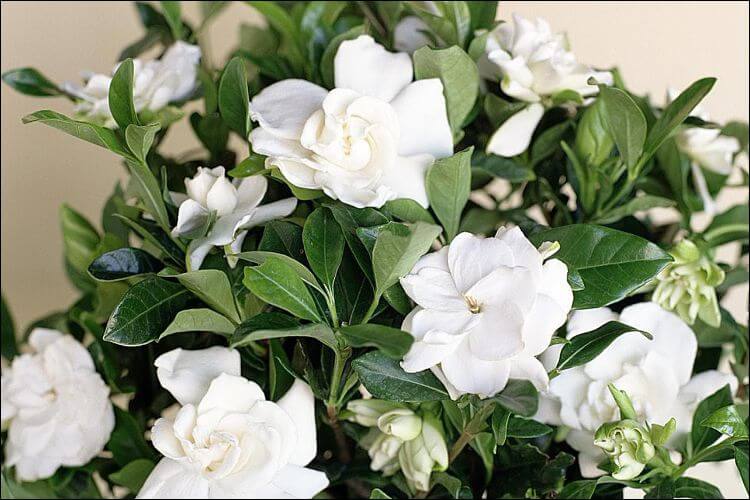Are you wondering how often you should water your ornamental grasses to keep them healthy and vibrant?
It’s important to understand the watering needs of these beautiful plants to ensure their longevity. By considering the climate and weather conditions in your area, you can determine the ideal watering frequency.
Remember, it’s best to water deeply and infrequently, allowing the water to reach the roots and promote strong growth. To avoid overwatering, always check the moisture levels of the soil before watering.
Depending on the season, you may need to adjust the watering frequency to accommodate the changing needs of your grasses. Adding mulch around the base of the plants can help retain moisture and prevent evaporation.
Lastly, regularly monitor the health and appearance of your ornamental grasses to ensure they are thriving. Follow these guidelines, and your grasses will flourish while conserving water and promoting safety.
Quick Summary
- Water deeply and infrequently, adjusting watering frequency based on season and weather conditions.
- Establish a watering schedule of once a week, providing one inch of water per week.
- Adjust watering frequency for different climates: increase for hot and dry climates, reduce for cooler and more humid climates.
- Monitor grass health regularly, checking for signs of dehydration and taking prompt action to address any issues.
Understand the Watering Needs of Ornamental Grasses
You’ll want to pay attention to the watering needs of ornamental grasses to ensure they thrive and create a beautiful, lush landscape. Watering schedule is crucial for the health of these grasses.
The frequency of watering will depend on various factors such as the type of grass, weather conditions, and soil moisture. In general, ornamental grasses require regular watering, especially during their establishment phase.
Established ornamental grasses typically need water once a week, providing one inch of water per week. However, it’s essential to adjust this schedule based on the specific needs of your grass and the prevailing weather conditions. During hot and dry periods, you may need to water more frequently to prevent the grass from becoming stressed and turning brown. On the other hand, during cooler and wetter seasons, you can reduce the frequency of watering to avoid overwatering and potential root rot.
The best time to water ornamental grasses is early morning or late afternoon. Watering at these times allows the grass to absorb water before the heat of the day evaporates it. Avoid watering in the evening as the moisture can lead to fungal diseases. Additionally, it’s important to water at the base of the plant, directly onto the soil, rather than overhead. This helps prevent wetting the foliage, which can also contribute to fungal issues.
By following a proper watering schedule and considering the best time to water, you can ensure the health and beauty of your ornamental grasses while conserving water and promoting a sustainable landscape.
Consider the Climate and Weather Conditions
During different seasons and weather conditions, it’s crucial to adjust your watering schedule for your beautiful ornamental grasses. Understanding the importance of proper watering will ensure the health and longevity of your grasses, while also saving water.
In hot and dry climates, such as desert regions, watering your ornamental grasses more frequently is necessary. These grasses thrive in well-drained soil, so it’s important to water deeply and allow the soil to dry out slightly between waterings. This helps prevent overwatering and root rot.
On the other hand, if you live in a cooler and more humid climate, you can water your ornamental grasses less often. They are more tolerant of moisture and can withstand longer periods between waterings.
When it comes to weather conditions, it’s important to adjust your watering schedule accordingly. During periods of drought or heatwaves, when there is no rainfall, you may need to water your ornamental grasses more frequently. On the other hand, during periods of heavy rain or high humidity, you can reduce the frequency of watering to avoid waterlogging the soil.
Remember, proper watering is essential for the health of your ornamental grasses. By considering the climate and weather conditions, you can ensure that your grasses thrive and maintain their beauty.
Water Deeply and Infrequently
To ensure the health and longevity of your beautiful grasses, it’s crucial to deeply water them at infrequent intervals, allowing the soil to slightly dry out between each watering. Improper watering can lead to a host of problems for your ornamental grasses, including root rot, fungal diseases, and weak growth. By following the proper watering technique, you can avoid these issues and keep your grasses thriving.
One important aspect of proper watering is ensuring that your grasses have proper drainage. It’s essential to plant them in well-draining soil or use containers with adequate drainage holes. This allows excess water to escape and prevents waterlogged roots, which can lead to root rot. If you notice that your grasses are not draining properly, consider amending the soil with organic matter to improve drainage.
When it comes to watering, it’s best to water deeply rather than frequently. This encourages the roots to grow deeper into the soil, making the grasses more resilient to drought conditions. To achieve deep watering, water your grasses until the soil is thoroughly moistened, ensuring that the water reaches at least 6 inches deep. This will help the roots establish and develop a strong foundation.
Remember, it’s important to allow the soil to slightly dry out between each watering. This helps prevent overwatering and ensures that the roots have access to oxygen. By following these watering guidelines, you can keep your ornamental grasses healthy and flourishing for years to come.
Check the Soil Moisture Levels
Make sure to regularly check the moisture levels of the soil to keep your beautiful grasses thriving.
Soil moisture testing is a crucial step in maintaining the health of your ornamental grasses. By checking the soil moisture levels, you can determine when it’s time to water your grasses again.
To test the soil moisture, simply insert your finger about an inch into the soil. If it feels dry, it’s time to water. However, if it feels moist, hold off on watering for a little longer. It’s important to note that overwatering can lead to root rot and other issues, so it’s best to water only when necessary.
When it comes to establishing a watering schedule, it’s best to water your ornamental grasses deeply and infrequently. This means giving them a thorough soaking, allowing the water to penetrate deep into the root zone. Then, allow the soil to dry out before watering again. This helps encourage deep root growth and ensures that your grasses are getting the water they need.
By regularly checking the soil moisture levels and following a proper watering schedule, you can ensure that your ornamental grasses stay healthy and vibrant. So, make it a habit to keep an eye on the soil moisture and give your grasses the water they need to thrive.
Avoid Overwatering
Watering excessively can lead to the demise of your beautiful grasses, causing them to drown and wither away. To avoid overwatering your ornamental grasses, it’s essential to establish a proper watering schedule and be aware of the signs of overwatering.
Creating a watering schedule is crucial for the health of your grasses. Generally, ornamental grasses prefer to be watered deeply but infrequently. This means you should water them thoroughly, allowing the water to penetrate the root zone, and then let the soil dry out before watering again. Depending on the specific type of grass and your local climate, this may be anywhere from once a week to once every two weeks.
Signs of overwatering include yellowing or wilting leaves, mushy roots, and a strong, unpleasant odor coming from the soil. If you notice any of these signs, it’s likely that you’re watering your grasses too much. Adjust your watering schedule accordingly to prevent further damage.
Remember, it’s better to underwater than to overwater your ornamental grasses. They’re generally drought-tolerant and can withstand periods of dryness. By following a proper watering schedule and being mindful of the signs of overwatering, you can ensure the longevity and beauty of your ornamental grasses.
Is the Watering Schedule for Fountain Grass the Same as for Other Ornamental Grasses?
The watering requirements for fountain grass may differ from those of other ornamental grasses. It is essential to understand the specific needs of fountain grass, as it typically prefers moist soil but can tolerate drying out between watering. Observing the plant’s response and adjusting the watering schedule accordingly will help maintain its health and vitality.
Adjust Watering Frequency Based on Season
Adjusting watering frequency based on the season is crucial for the health and longevity of your beautiful grasses. Ornamental grasses have different water requirements throughout the year, and providing them with the right amount of water during each season is essential for their well-being. By following a proper watering schedule, you can ensure that your grasses thrive and remain vibrant throughout the year.
To help you understand the seasonal watering requirements of ornamental grasses, here is a handy table:
| Season | Watering Frequency |
|---|---|
| Spring | Moderate |
| Summer | Regular |
| Fall | Reduced |
| Winter | Minimal |
During spring, when the grasses are actively growing, a moderate amount of water is needed. As the temperature rises in summer, the watering frequency should increase to keep the grasses hydrated. In fall, as the grasses prepare for dormancy, reduce the watering frequency. Finally, during winter, when the grasses are dormant, minimal watering is required.
By following this optimal watering schedule, you can ensure that your ornamental grasses receive the right amount of water at the right time. This will not only promote their health but also prevent overwatering, which can lead to root rot and other issues. So, remember to adjust your watering frequency based on the season to keep your grasses safe and thriving.
Mulch to Retain Moisture
To retain moisture in your landscape, consider mulching around your plants. Mulching offers several benefits that can help keep your ornamental grasses healthy and thriving.
Firstly, it helps to conserve water by reducing evaporation from the soil surface. This means you won’t have to water as frequently, saving you time and money.
Secondly, mulch acts as a barrier, preventing weed growth that competes with your ornamental grasses for water and nutrients. This promotes the overall health of your plants and reduces the need for herbicides.
When choosing a mulch, opt for organic materials like wood chips, straw, or shredded leaves. These types of mulch break down over time, adding nutrients to the soil and improving its structure. Avoid using plastic or rubber mulch, as they can trap heat and moisture, potentially harming your plants.
Additionally, consider using a layer of landscape fabric underneath the mulch to further suppress weed growth and retain moisture.
By mulching around your ornamental grasses, you’ll not only conserve water but also create a safer environment for your plants. So grab your favorite mulch and get ready to give your ornamental grasses the moisture they need to flourish!
Monitor the Health and Appearance of Your Grasses
Keep an eye on your grasses, making sure to regularly check their health and appearance for any signs of stress or damage. Monitoring techniques are crucial in ensuring the well-being of your ornamental grasses.
As you observe your grasses, pay attention to any changes in color, texture, or growth patterns. These can indicate whether your grasses are receiving enough water or if they’re suffering from dehydration. Signs of dehydration in ornamental grasses include wilting, browning, and curling of the leaves. If you notice any of these symptoms, it’s important to take immediate action to prevent further damage.
Increase the frequency of watering, ensuring that the water penetrates deep into the soil. Consider using a moisture meter to accurately measure the moisture levels and adjust your watering schedule accordingly.
In addition to monitoring the health of your grasses, it’s also essential to inspect them for any signs of damage or infestation. Look out for pests, diseases, or any physical injuries that may be affecting the overall health and appearance of your grasses. Early detection and intervention can prevent the spread of pests or diseases and help your grasses recover quickly.
By regularly monitoring the health and appearance of your ornamental grasses, you can ensure they receive the water they need and take prompt action to address any issues. This will help keep your grasses vibrant, lush, and thriving.
Frequently Asked Questions
Can I water ornamental grasses every day?
Watering ornamental grasses every day may lead to overwatering, which can harm the plants. It’s best to establish a watering schedule based on the specific needs of the grasses, considering factors like soil moisture and weather conditions.
Is it better to water ornamental grasses in the morning or evening?
For optimal safety, it is recommended to water ornamental grasses in the morning rather than the evening. Morning watering allows the grasses to dry off during the day, reducing the risk of fungal diseases.
How can I tell if my ornamental grasses are being overwatered?
To prevent overwatering in ornamental grasses, look for signs like wilting, yellowing, or rotting roots. Adjust your watering schedule accordingly and ensure the soil is well-drained. Avoid excessive watering to keep your grasses healthy.
Should I water my ornamental grasses during the winter months?
During the winter months, it’s important to reduce watering your ornamental grasses to prevent overwatering. Overwatering can lead to root rot and other harmful effects. Be cautious and water sparingly to keep your grasses healthy.
Can I use a sprinkler system to water my ornamental grasses?
You can use a sprinkler system to water your ornamental grasses, but there are pros and cons to consider. Pros include convenience and even watering, but cons include potential overwatering and increased risk of disease.
Conclusion
So, now you know how often you should water ornamental grasses. Remember to consider the climate and weather conditions, and water deeply and infrequently. Also, check the soil moisture levels regularly. Avoid overwatering and adjust the watering frequency based on the season. Mulching can also help retain moisture in the soil. And don’t forget to monitor the health and appearance of your grasses to ensure they’re getting the right amount of water.
Happy gardening!








